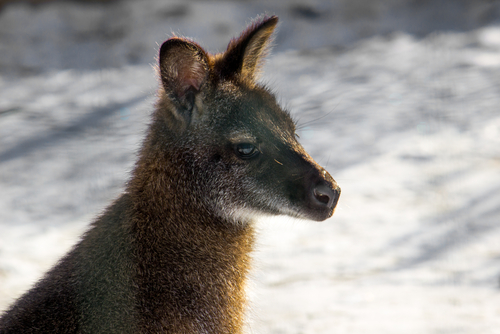Finally after a slow start to the season, winter looks set to return with a vengeance for the start of July with some of the coldest conditions in decades across parts of Victoria and New South Wales.
Overnight Friday, clearing skies will allow for temperatures to fall across the state of Victoria with Melbournians expected to wake up to the coldest morning of the year on Saturday. Widespread frosts are expected to envelop much of the inland suburbs with even the Melbourne Central Business District potentially experiencing sub 1°C conditions. Such a feat has not been seen here in June since 1989 when the mercury fell to 0.5°C.
Though unusual, its not unprecedented for the normally milder city centre, as colder air on the elevated regions to the north of the area sinks and drifts toward the coast.
However, these chilly conditions pale in comparison to the all time record that saw the state capital shiver under an icy embrace that sent the mercury plummeting to -2.8 °C back in July of 1869.
Unusual?
Due to it’s more inland location, Melbourne Airport, near Tullamarine, tends to get a greater frequency of colder nights where the warming affects from Port Philip Bay are much less of an influence.
Normally, the city itself can expect the thermometer to drop below 2°C on an average of 2 and 3 nights during the winter months of June and July. In retrospect, actual sub zero temperatures are rare.
South Eastern Shiver
Elsewhere, these frigid conditions are also expected to affect a large swathe of the south eastern states with a glacial -6°C in the forecast for Canberra. This might appear to be bitterly cold but it is still well short of their all time low of -10°C set back in July 1971. More elevated regions in the southern tablelands of New South Wales and Alpine areas of Victoria are likely see overnight minimums drop down close to -10°C.
Present indications suggest that the overnight minimums will tend to rise into the early days of the coming week as clouds associated with an approaching weather system will approach the region from the west.
